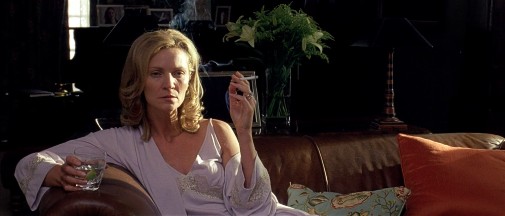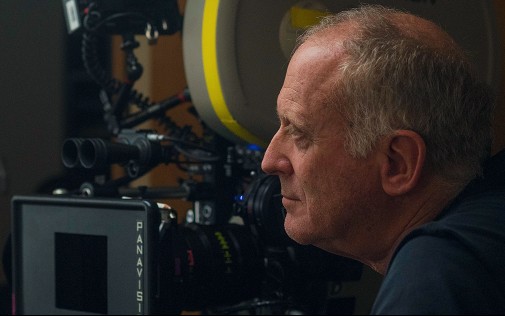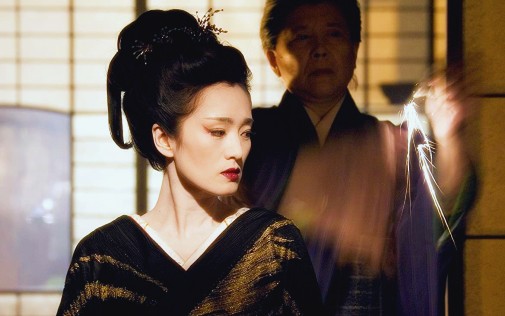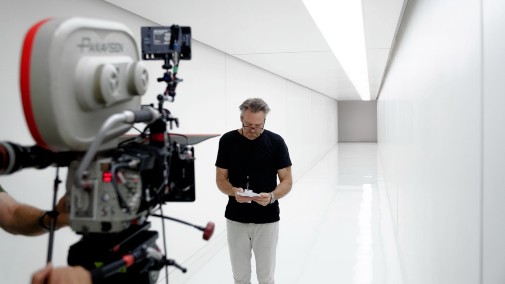Almost There: Joan Allen in "The Upside of Anger"
 Monday, August 17, 2020 at 9:46PM
Monday, August 17, 2020 at 9:46PM 
Just as we did last week, today's Almost There was chosen by you, the reader. From a group of 2005 Oscar hopefuls, Joan Allen came out victorious for her work in The Upside of Anger. She got 25% of your votes, beating performances like Zhang Ziyi's watery Sayuri in Memoirs of a Geisha, Maria Bello's steamy turn in A History of Violence, and Scarlett Johansson's arresting Oscar bid in Match Point. All those actresses got closer to the gold than Allen realistically did, but she was still part of the conversation. After all, it's difficult to believe someone could watch The Upside of Anger and not want to shower its leading lady with accolades…






